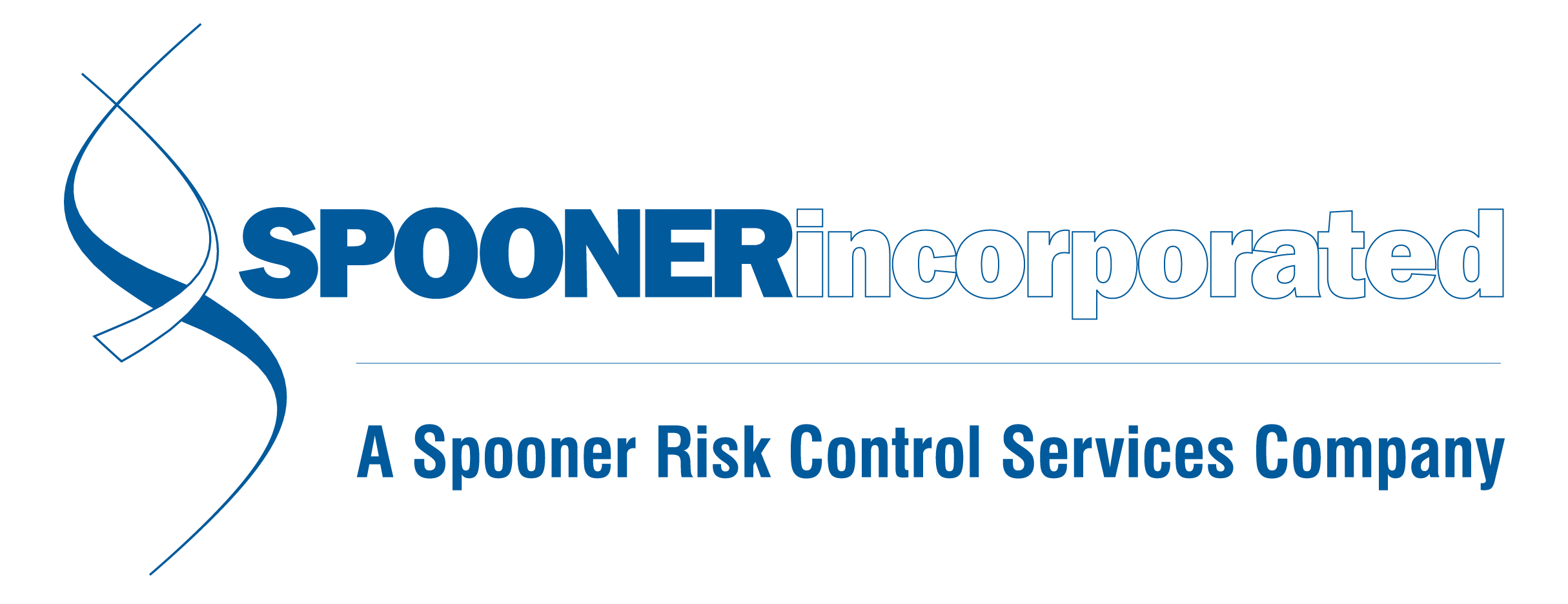News and Updates
Category: OSHA ETS
Supreme Court Reissues Stay on Vax-or-Test Requirement, Mandate Remains in Place for Most Healthcare Workers
OSHA announced on January 26 that they plan to withdraw the ETS, but that the rule would still be proposed as a permanent requirement. This comes just weeks after the Supreme Court reinstituted a stay of the OSHA’s Emergency Temporary Standard (ETS) earlier this month, requiring large employers to require staff to be vaccinated or produce a weekly negative test. In their January 13th decision, the Supreme Court maintained that while COVID-19 exists as a risk in most workplaces, they do not view it as a strictly occupational hazard. The majority opinion states that targeted regulations may be permissible - citing workplaces that are particularly crowded or cramped, or laboratories that work directly with the virus for research purposes. In a separate opinion on January 13, the high court did allow CMS (Center for Medicare & Medicaid Services) to require COVID-19 vaccinations for employees of healthcare facilities receiving federal funds from Medicare & Medicaid. OSHA initially published the ETS on November 5. A flurry of legal action followed from both private and public employers, and by November 12 - the 5th Circuit Court of Appeals issued a stay of the ETS (making the ETS invalid). To further complicate matters, the 6th Circuit voted 2-1 to reinstate the mandate on December 17. Some employers are choosing to create their own vaccine mandates, which should be handled carefully to avoid discrimination. If you have questio
Have Questions About the Imminent Vaccine Mandate? So Do We.
Last month, President Biden directed OSHA to issue an Emergency Temporary Standard (ETS) that requires private employers with 100+ employees to ensure all employees are either vaccinated against the COVID-19 virus or are able to produce a negative test each week. Employers (of any size) that are federal contractors or receive certain federal funding will also be expected to meet the employee vaccination requirements – without the option of a “test out.” We expect OSHA to issue an ETS in the near future, which will hopefully answer some of the questions surrounding this mandate. Until this summer’s COVID-related ETS for healthcare workers, OSHA had not successfully issued an Emergency Temporary Standard since the 1980s (pertaining to asbestos). Effective July 2021, the agency issued its first ETS in decades highlighting the need for healthcare employers to provide certain protection measures against COVID-19 for employees. By design, an ETS will remain in effect until a permanent rule is issued. Many details of how this is all expected to work have yet to be disclosed, which makes it very difficult for our team to provide the best possible guidance. In the meantime, we can direct you to the most helpful reference we’ve found thus far, which is an article published by the National Law Review. We encourage you to stay tuned to our blog, LinkedIn page and your outside counsel – things are changing rapidly and we’ll do our very bes
Continued COVID Guidance: New OSHA ETS, FFCRA Update, Mask Mandates and Re-Entry following Travel
June 2021 OSHA Emergency Temporary Standard More guidance has been issued from OSHA, directed at healthcare industry employers such as hospitals, emergency responders, long term care, etc. The new Emergency Temporary Standard (ETS) for Covid-19 went into effect June 10, 2021. You can find a great summary here that also includes a link to the flowchart on OSHA.gov. June 2021 COVID & FFCRA Update The FFCRA was mandatory for many employers until December 31 of 2020. The previous administration extended the paid leave provisions of the FFCRA through March 31, 2021 – however, the extension was no longer mandatory. If employers chose to provide paid leave benefits due to COVID, they were still eligible to receive the tax credit to offset the costs of paying employee leave. Additionally, President Biden extended the FFCRA provisions in the American Rescue Plan Act (“ARPA”) through September 30, 2021. Biden also added some new components of the paid leave, which include: • Additional reasons employees can take paid leave o Time spent in order to get the vaccine o Time from work missed due to complications from the vaccine • The 80 hour limit reset on April 1, 2021 o Meaning if an employee exhausted their Paid Sick Leave before Ma

